Advertising feature
Class-leading autofocus, superlative image quality and highly effective noise control make the Fujifilm GFX100 II the medium format mirrorless camera that is grabbing all the attention. We look at what it has to offer in more detail
Amid all the talk about full-frame digital photography, we seem to have lost track of the fact that 35mm (36x24mm) film used to be called ‘small format,’ and medium-format cameras accepted exactly the same film emulsions but with much larger frames.
In 2023, a medium format mirrorless camera like the Fujifilm GFX100 II has a sensor that measures 43.8 x 32.9mm – that means its sensor is around 1.7x the size of a full-frame sensor, which brings many benefits.
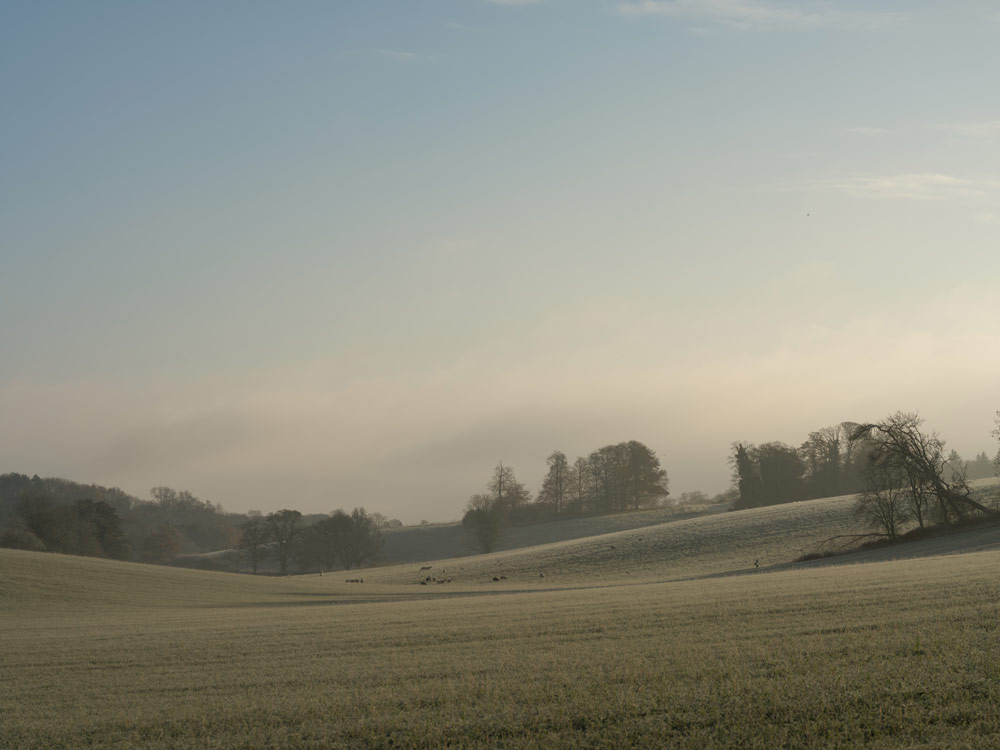
The camera has a wide dynamic range and captures all the subtle tones of a misty, frosty day around sunrise.
As the images from the GFX100 II consist of up to 11648 x8736 pixels, they can make prints of just under an impressive 1 metre across (98.62 x 73.96 cm to be precise) at 300ppi. The camera’s huge pixel count gives plenty of scope for cropping without loss of detail but it’s not just about outputting images in the native 4:3 aspect ratio,

The huge pixel count gives plenty of scope to crop images or use one of the seven in-camera aspect ratio options without needing to worry about any loss of detail.
In fact, there are seven aspect ratios available in-camera, so if you want to shoot in 4:3, 3:2, 16:9, 1:1, 65:24, 5:4, or 7:6 ratio, you can. Also, in the unlikely event that you need even larger images, there’s the option to create 400MP files using the 16-shot High-Resolution Multi-Shot mode. But that’s not all that the GFX100 II has up its sleeve.
The Fujifilm’s GFX100 II BSI-CMOS sensor
It’s not just the size and pixel count of a sensor that’s important, its design is pivotal too. The Fujifilm GFX100 II has a 102MP backside-illuminated (BSI) CMOS sensor, which means that each pixel is the largest it can be and has the maximum potential for gathering light. Lots of light means there’s a strong image signal, which is great news for noise control.
In addition, Fujifilm has given the GFX100 II a base sensitivity of ISO 80, which means that the native range is ISO 80-12,800 and there are expansion settings that take the range to ISO 40-102,400. And thanks to that large sensor, noise is kept under tight control.
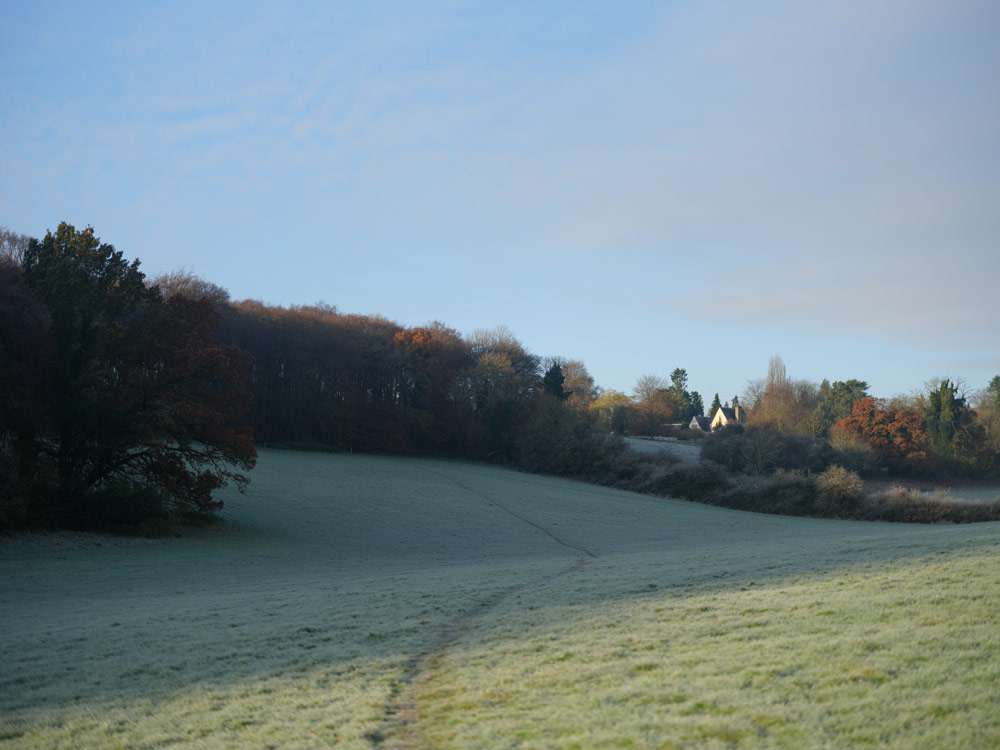
The 102MP sensor ensure that images have an incredible amount of natural-looking detail.
High-Speed and advanced AF
Medium-format cameras have tended to be slow, but thanks to the modern sensor design, paired with Fujifilm’s latest X Processor 5, the GFX100 II emphatically breaks out of this limitation, as it’s able to shoot 102MP images at up to 8fps (frames per second). What’s more, it can maintain that rate for 1000+ Jpegs, 325 compressed Raw, 302 lossless compressed Raw or 76 uncompressed Raw files.

The GFX100 II’s animal detection did a great job of tracking and getting the eye sharp.
In addition, the Fujifilm GFX100 II has AI-based subject detection autofocusing with the same algorithms that are found in the superb APS-C format Fujifilm X-T5 and X-H2S. This means that as well as Face and Eye Detection, the camera can be set to Animal, Bird, Automobile, Motorcycle & Bike, Airplane and Train detection.
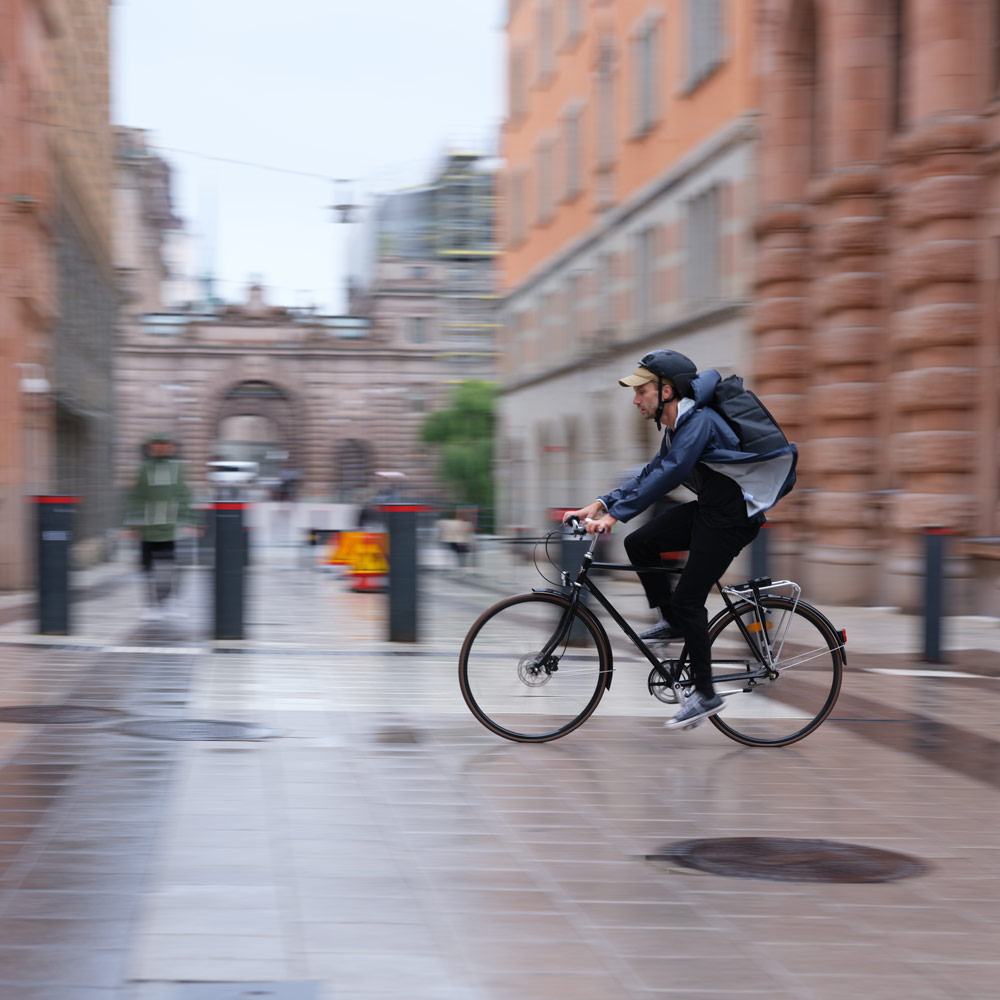
The subject detection and tracking helped nail this panning shot – not something that you’d traditionally expect with a medium format camera.
That’s a first for a medium format camera and it works flawlessly, with a white box appearing around a subject to let you know it’s detected before it turns green to confirm autofocus.
So the GFX100 II is very versatile. It’s perfect for all the genres we traditionally associate with medium format – studio-based commercial shoots, still life, portrait and highly-detailed landscape photography – but it’s also suitable for more action-based photography such as fashion shoots and social photography, with the Eye Detection system ensuring that the most important part of the subject is sharp. It can even be used to photograph wildlife or sport.
The GFX100 II is also easy to use
Despite its advanced capabilities, the GFX100 II has a user-friendly design with plenty of nicely sized buttons and dials giving quick control over all the key settings. Plus, there’s a large, deep grip that makes it feel secure and comfortable in your hand.
A large mode dial on the left of the camera lets you set the exposure mode while front and rear control dials speed exposure adjustment. It’s a familiar set-up for most photographers.

The camera is logical and easy to use, despite all the power on tap
All of the key features are within easy reach, plus along with six custom settings on the mode dial, there are nine customisable buttons and it’s possible to use gesture control on the screen. It means you can really make the camera your own and switch a collection of settings with just one turn of a dial.
Modular design
Fujifilm has given the GFX100 II a modular design similar to its predecessor, the GFX100. For instance, the 1.0x magnification 9.44m-dot OLED viewfinder can be removed if you don’t need it. Alternatively, there’s an optional adapter that allows the finder to tilt through 90° when shooting horizontal images and from -45° to +45° when shooting in portrait orientation. It means that its easy to find a comfortable viewing angle however you’re shooting.
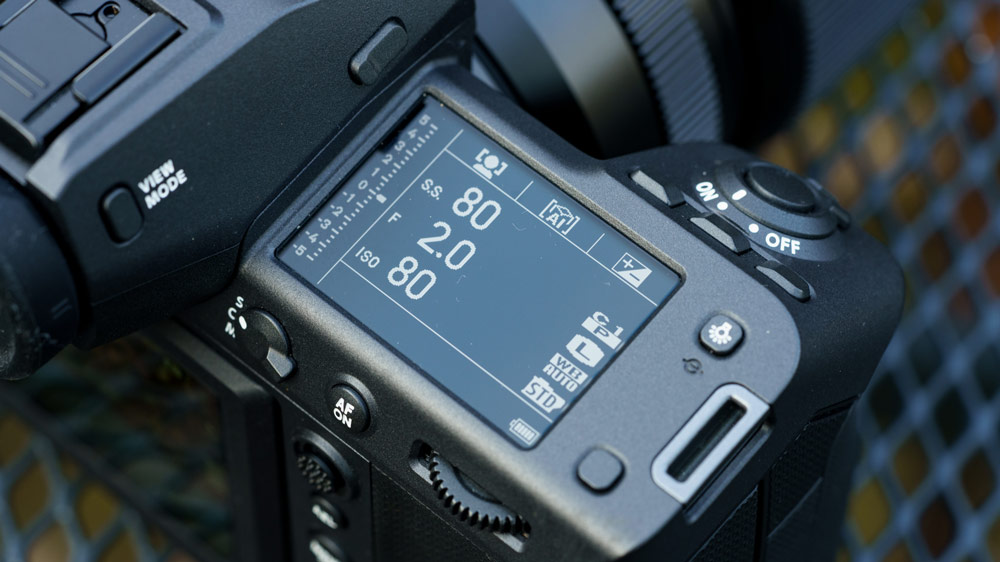
This viewfinder is paired with a 3.2-inch, 2.36-million-dot 3-way tilting touchscreen display (above) that can be tilted to give a clear view in either landscape or portrait orientation. It’s also handy for making settings changes with a tap on the Quick Menu.
Whichever way you decide to compose your images, you’ll find you get an accurate preview of the exposure and colour.
In-Body Image Stabilisation
We tend to associate medium-format cameras with tripod-bound photography, but that’s certainly not the case with the Fujifilm GFX100 II. Firstly it’s ergonomic build makes it extremely comfortable to use hand-held, but it also has in-body image stabilisation (IBIS) that can extend the safe hand-holdable shutter speed range by up to 8 stops (on the 63mm lens). The IBIS is rated via CIPA standards.
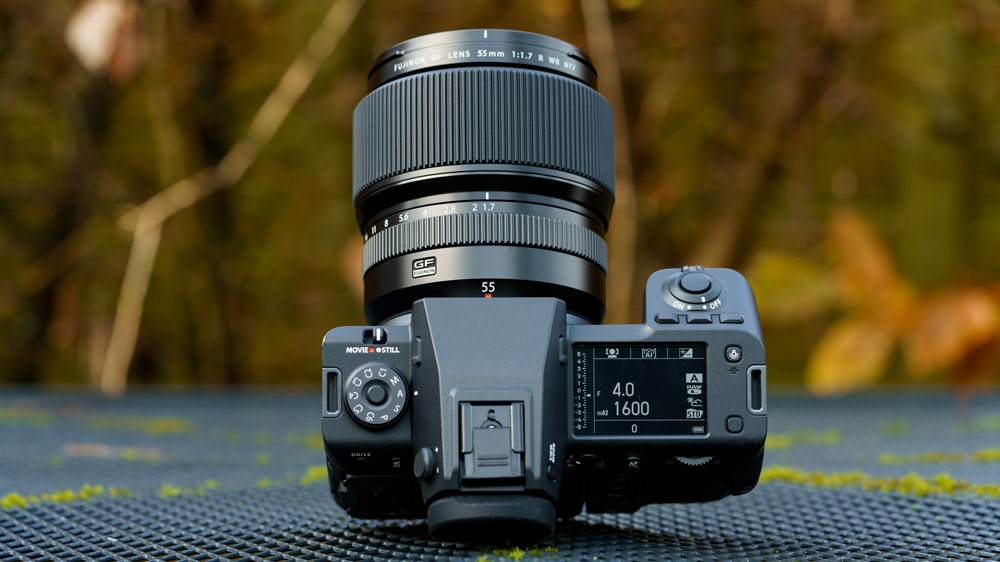
Video star
The GFX100 II’s video credentials are as impressive as its stills capability. For instance, it can shoot at up to 8K resolution at 30fps and there’s internal 4K 60P recording from the full sensor width, in 4:2:2 10-bit colour. Furthermore, the F-Log2 profile is on hand in Dynamic Range Priority mode to deliver over 14 stops of dynamic range, and anamorphic de-squeeze is built into the camera.
Plus, there’s internal Apple ProRes recording and the camera can output RAW video to an external recorder via its full-size HDMI socket, in either ProRes or BlackMagic format. Meanwhile, an Ethernet port allows footage to be uploaded to cloud platforms such as Frame.io.
In addition, there’s support for a range of cine lenses with different image circles used via mount adapters, including Premista, 35mm, and anamorphic formats. AF tracking and subject detection is also available during recording.
Fujifilm GFX100 II: breaking new ground
At low ISO settings, the GFX100 II captures a sensational amount of detail, and noise is controlled exceptionally well. There’s also a huge dynamic range, which makes it perfect for capturing the subtle tones and high contrast of landscapes at sunrise.

Skin tones and details are faithfully reproduced while the Face and Eye Detection makes it easy to get the subject sharp.
However, it’s the responsiveness, ease of use and speed of the autofocus system that really sets it apart from the competition. Fujifilm isn’t just pushing beyond the limitations of medium format photography, it’s dismantling them.
Further reading
Best Fujifilm camera to buy in 2024







